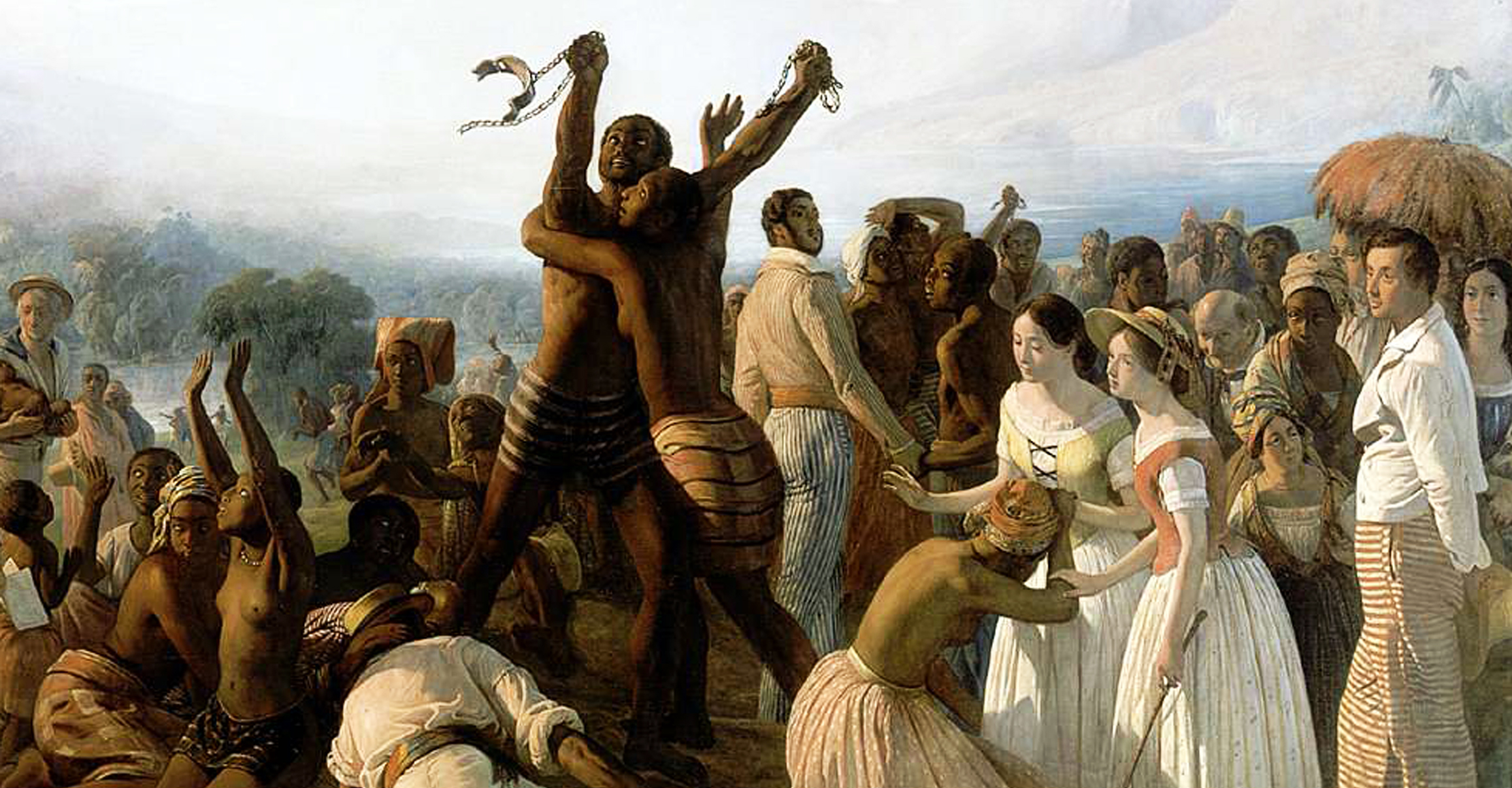Slaves in Brazil and their Abolition
Brazil became a country that used black slaves at the beginning of colonization, in the 16th century. The European immigrant population was not willing to perform manual labor.
Slave Indians were protected by the Jesuits. The only alternative for the new land owners was to bring black Africans to Brazilian soil and force them into mandatory manual labor.
Black Africans arrived in Brazil in the holds of slave ships. The transport was horrible, it took weeks, there were no hygiene conditions or adequate food. All black people were crowded together and locked in the holds of ships. Many died along the way and were thrown into the sea. Many others became ill. Whoever complained would be beaten.
The newly formed Brazilian society at the time, practically with European concepts, naturally accepted the maintenance of black African slaves for manual activities. Therefore, slavery in Brazil lasted for almost 300 years.
The Brazilian economy was extremely linked to slavery, and that was the reason why this work system lasted so long.
Slaves were used on practically all farms and in the search for gold and precious stones in mines. Suddenly interrupting this cycle would be the same as stopping Brazil's economy.
The Brazilian abolitionist movement appeared in the mid-19th century. Joaquim Nabuco became known as the movement's main leader.
In 1870, the southern region adopted the hiring of salaried immigrants. In the north and northeast, obsolete machines were replaced by more modern equipment, which required less manual support. Industries began to emerge in urban centers. Slaves were becoming less necessary and less fundamental.
With the economy heading in other directions, combined with pressure from the United Kingdom, the Brazilian government opened space for the abolitionist movement. In 1850, slave trafficking in Brazil became prohibited.
In 1871, the Free Womb Law came into force, which made the children of slaves born after the law came into force free. In 1885, the new law known as Saraiva-Cotegipe arrived, which freed black slaves over 65 years of age.
Finally, on May 13, 1888, Princess Isabel, Brazilian sovereign, signed the Áurea Law, which gave total and definitive freedom to all black Brazilians.

